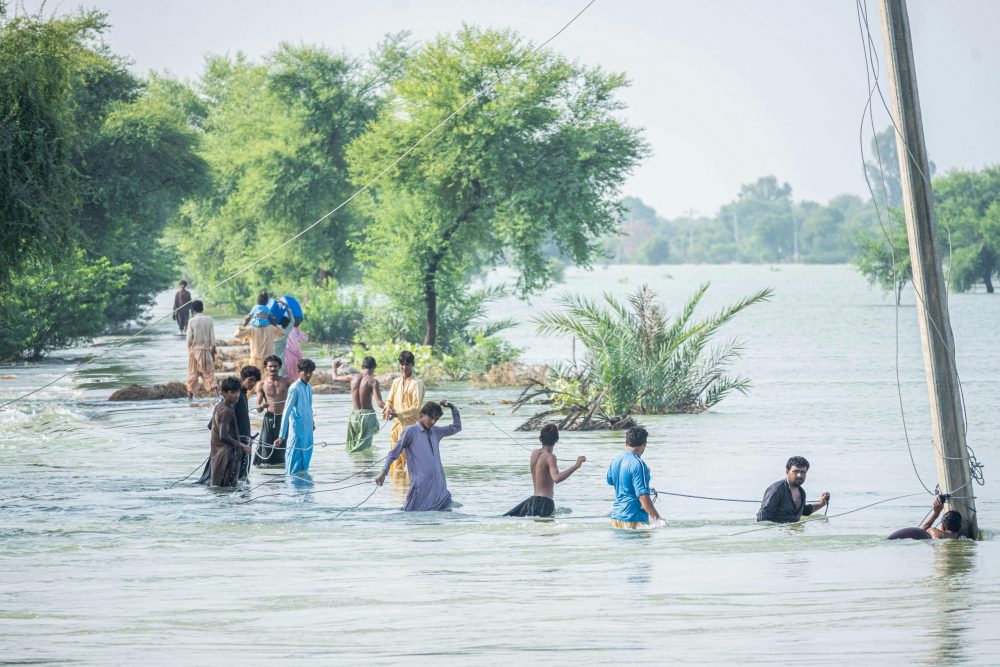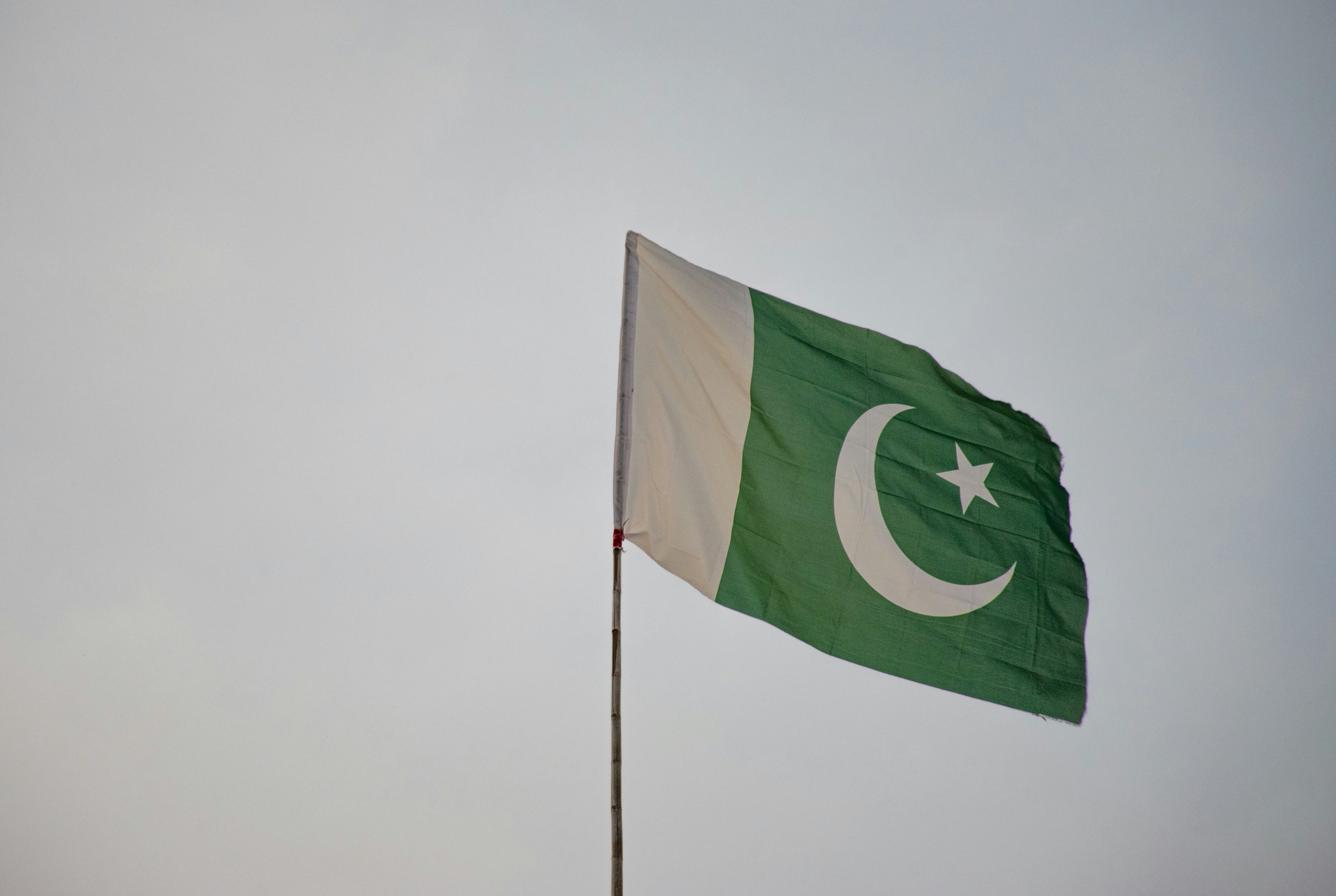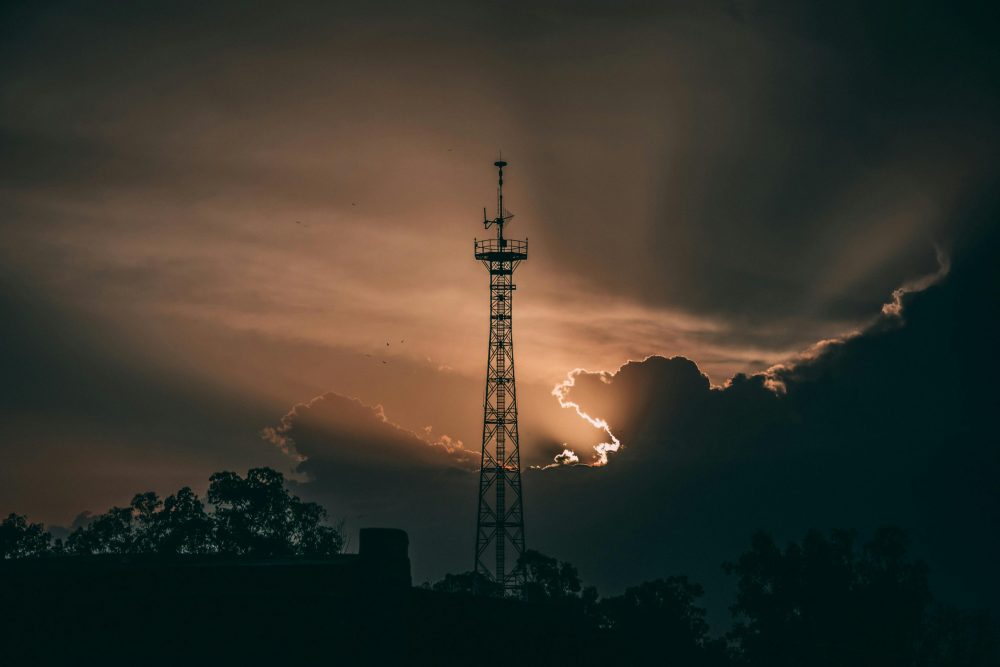I. Introduction
Efficient water use for agriculture is an important topic for economics study. Crucially, overuse and water wastage happens worldwide, but are dependent on local systems and policies. Punjab, a province in Pakistan, experiences a lack of holistic, manageable legislation in policy and regulation in the water sector. The proof of their outdated-ness comes with the reliance on the warabandi system, which was developed to track extraction in the 1800’s. This document still serves as the schedule for surface water extraction. With the onset effects of climate change and faulty infrastructure, Punjab’s water supply continues to fall dramatically. A water scarcity crisis arises from Punjab’s lack of supply meeting an excessive demand, as farming across Pakistan accounts for 45% of the labour force, 20% of the GDP share and 60% of our foreign exchanges. Punjab and Pakistan more than anywhere in the world, relies on its agricultural sector (Zakir-Hassan et al. 2023) [1]. Critically, Punjab lacks a tax/tariff based system of legislation, with a reliance on general government regulation which has yielded no benefit. These conditions make it a good setting to study and few studies have looked into this setting, for example (Qureshi et al. 2014) [2] and (Bakshi. G, 2011) [3].
On one hand, water is underpriced, which means agriculture can become a dominant industry in certain countries, meaningfully raising GDP and quality of life for the country. On the other hand, underpricing could cause inefficiencies that undercut this effect. Underpricing could lead to great amounts of over extraction for water intensive crops (rice etc.). Furthermore, it could create a spillover effect, with over extraction leading to a decrease in overall supply of water in less rainy seasons, reducing the ability of poorer farmers to extract water for their crops. This process mirrors the tragedy of the commons, as the lack of regulation creates non-excludability for ground and surface water. Studies in the past have explored the usage of tighter regulatory controls, property rights yet none based in Pakistan have proposed a pricing/metering approach. Crucially, it is important to know if farmers would be amenable to such a tax or if it would cause hindrances in their agricultural production.
In this study, I directly test the willingness of farmers in Punjab to participate in such a scheme using a survey of farmers in Punjab to better understand their perception of water wastage, as well as their responsiveness to the changes in prices for taxes per gallon of water. Crucially, I try to understand that the introduction of pricing mechanisms may lead to a reduction in farmers’ extraction of water from both canal and groundwater, to reduce the amount of wastage. Due to limited data on water usage and no studies that survey farmers directly, an approach that interpolates the farmers’ willingness to pay is necessary.
My findings include that the effects of overuse and wastage of water in Punjab farms has created a negative externality of consumption and hence reduced a supply of water for other farmers in similar regional areas. This is because of the overextraction of groundwater, which leads to a shortage for other farmers in Punjab. Punjab’s water crisis is fueled by the overexploitation of groundwater resources and inefficient techniques in the usage of surface/canal water. Of the total 90 MAF available water in Punjab, the total losses are 37 MAF (Ali et al. 2024) [4].As the years pass, Pakistan has been delving further and further into the water insecurity crisis. Being an agri-based economy, with more than 80% of the usage of water in the agricultural sector William J. Young et al. (2019) [5], yet the shallow and outdated policy for the supply and usage of water has led to critical inefficiencies and has cost Pakistan’s water supply dearly. Finally, through the survey, my findings is that the effect of the tax varies with the level of income. In general, farmers report losing water from a tax, losing revenues from the loss in water and losing revenue from a tax on water. The loss in revenue varies with the change in income bracket.
I contribute to two main strands of literature: (1) water use and scarcity in agriculture and (2) water policy for agriculture. Amongst current literature, this paper is important in understanding farmers’ perception of water wastage and their responsiveness to pricing mechanisms introduced to curb overuse. For groundwater, the current literature paints a picture of an overused and exploited groundwater system in Punjab, with well created yet poorly managed policy infrastructure. My paper aims to take a tariff/tax wise government intervention, rather than previous market policies and regulation in order to attempt to curb the excessive depletion of the resource.
Finally, for surface water, current literature supports demand side policies as well as managing supply and inefficiencies by increasing storage capacity, increasing data inflows and establishing water rights (Nazli et al. (2024) [6]; Briscoe & Qamar 2008 [7]; Wattoo et al. 2016 [8]; Ijaz Ahmad et al. 2023 [9]. Though, most issues pointed out by current literature makes surface water a less reliable, less replenishable and overall depleting resource going forward. This propels the usage of groundwater, through which over extraction creates the water scarcity. This study aims to correct for this by implementing a pricing mechanism on both, as well as further recommendations for increasing data inflows through metering and establishing property rights.
II. Discussion
In my study, I use a survey method and a regression analysis to study farmer responses to hypothetical taxes on water.As a result, The regression results provide mixed evidence on viability and the design of water pricing as a tool of regulation for farmers in Punjab. To overview, whilst higher water costs are positively correlated with both water use and revenue, suggesting that the most productive farmers are also the highest users, this relationship is not driven by volumetric constraints, but by the cost structure of borewell and surface water extraction.
To focus on policy, the results from the regression indicate that even modest water taxes, such as RS 0.01/unit are associated with a substantial decrease in the revenue of farmers, hurting their farm and business. This is true particularly amongst the smaller farmers. The elasticity diminishes as price increases, implying that most behavioural shifts or revenue impacts occur at lower price points. This finding suggests that if implemented, water pricing needs to be implemented cautiously and progressively with a focus on minimising the harm to farm owners with them.
All the while, the regression results do show higher-revenue farmers as more price absorbent, as in the farms are capable of absorbing the increase in price of tax. These farms currently consume the most amount of water in gallons, and are most likely to continue their usage under a pricing scheme. The implication for this is a tiered pricing structure, where the first block of usage is heavily subsidized or free, whilst subsequent usage is taxed progressively could be a feasible reform to policy. This would maintain the equity of consumers, whilst also discouraging the over-extraction done by larger farms.
Metering is also viewed positively across income levels, as indicated by the survey responses. This positive reaction allows the Government of Punjab to pilot metering infrastructure, as they have done in urban use cases. This could be done in high-use districts where groundwater is dominant and mostly unregulated.
All this said, pricing regulation may not be enough to solve the efficiency problems, as Pakistan has a longstanding issue with implementation. These issues include tax-evasion, bureaucratic lag and a lack of resource and funding of adoption. The issue then calls for complementary reforms. Areas such as water saving technology (drip irrigation), campaigns as well as support for crop diversification to move away from rice, should be piloted and run alongside any metering or pricing regulations.
III. Conclusion
To conclude, this study highlights complexities of introducing water pricing as a regulation instrument in Punjab’s agriculture. Whilst the results suggest water use is productive and positively correlated with revenue, the current cost structure fails to promote the conservation of water. The overuse of water is the biggest reason for inefficient water management, as well as severe water insecurity in Pakistan. Water insecurity is characterised by the literature as a complete lack of water resources, in which water tables are depleted too quickly and over-extraction is rampant.
Hypothetical price scenarios reveal that small taxes can produce large reductions in revenues, especially for small stakeholders, raising the concerns about the regressive impact of flat volumetric taxes on water. This implies that any pricing mechanism taken must be gradual, targeted, supported by investments in metering and progressive to be successful.
Ultimately, this study contributes empirical evidence to a critical but under-explored policy question in Pakistan and sets groundwork for future field experiments, pilot programs and other tests that measure real world responses to water pricing under more controlled conditions.
About the Author: Zarar Tariq is a 17 year old high school student and aspiring economist. He wishes to pursue development economics in the future and has done research on development in Pakistan in the past.
X. Bibliography
[1] Ghulam Zakir-Hassan, Saleem Akhtar and Ghulam Shabir et al (2023) “Valuing Groundwater for Irrigated Agriculture Towards Food Security in Punjab, Pakistan”
[2] Qureshi, A. & Sayed, A., H. (2014) “Situation Analysis of the Water Resources of Lahore: Establishing a Case for Water Stewardship”
[3] Bakshi, G., Trivedi, S., Preeti, C., & Motwani, R. (2011) “The Indus Equation. Strategic Foresight Group”
[4] Mujahid Ali, Malik Muhammad Akram, Emily Silverman et al (2024) “Sustainable Water Solutions for Agriculture in Pakistan: An Overview”
[5]William J. Young, Arif Anwar, Tousif Bhatti et al. (2019) “Pakistan Getting More from Water”
[6] Sana Nazli, Jiahong Liu, Haibin Wang et al (2024) “Water resources in Pakistan: a comprehensive overview and management challenges”
[7] Briscoe & Qamar (2008) “Pakistan’s Water Economy: Running Dry”
[8] Wattoo https://www.tandfonline.com/doi/abs/10.1080/15715124.2016.1204154
[9] Ijaz Ahmad et al. https://www.mdpi.com/2073-4441/16/1/34
[10] Sarfraz Khan Qureshi, Zakir Hussain and Zeb-un-Nisa (1994) “An Assessment of Warabandi in Pakistan: A Preliminary Analysis”
[11] Mohsin Leghari (2025) “Punjab’s Groundwater Crisis”
[12] A.K. Bhatti (1987)”A review of planning strategies of salinity control and reclamation projects in Pakistan”
[13] A. N. Laghari, D. Vanham, and W. Rauch (2012) “The Indus basin in the framework of current and future water resources management”
[14] Ghulam Nabi, Fiaz Hussain and Ray-Shyan Wu et al (2020) “Micro-Watershed Management for Erosion Control Using Soil andWater Conservation Structures and SWAT Modeling”
[15] A. Khan et al 2024. https://www.sciencedirect.com/science/article/pii/S2352801X24002807?utm_source=chatgpt.com
[16] Sheila M. Olmstead and Robert N. Stavins (2009) “Comparing Price and Nonprice Approaches to Urban Water Conservation”
[17] Jeremy J. Warford,(1994) “Marginal Opportunity Cost Pricing for Municipal Water Supply’
[18] Thomas Boyle, Damien Giurco, Pierre Mukheibir et al, (2013)“Intelligent Metering for Urban Water: A Review”
[19] Ellen M. Bruno and Katrina Jessoe (2021) “Using Price Elasticities of Water Demand to Inform Policy”
[20] Micha Gisser and David A. Sánchez. (1980) “Competition versus Optimal Control in Groundwater Pumping”
[21] Slim Zekria, Kaveh Madanib, Mohammad Reza Bazargan-Laric et al,(2016) “Feasibility of adopting smart water meters in aquifer management: An integrated hydro-economic analysis”
[22] Lin Fang and Fengping Wu (2020) “Can Water Rights Trading Scheme Promote Regional Water Conservation in China? Evidence from a Time-Varying DID Analysis”
[23] Andrea Pronti and Julio Berbel (2023) “The impact of volumetric water tariffs in irrigated agriculture in Northern Italy”
[24] Robert N. Stavins (2022) “The Relative Merits of Carbon Pricing Instruments: Taxes vs. Trading”
[25] Elinor Ostrom (2000), “Collective Action and the Evolution of Social Norms”
[26] Andres Chambouleyron (2002),“An Incentive Mechanism for Decentralized Water Metering Decisions”
[27] Andres Chambouleyron, (2003) “Optimal Water Metering and Pricing”
[28] R.H.Coase (1960) “The Problem of Social Cost”
[29] Meinzen-Dick, Ruth Suseela, 1996 “Groundwater markets in Pakistan: participation and productivity,”




